How To Plant Watermelon Seeds: Key Tips for Beginners
- February 26, 2024
- 22 comment
Watermelons, with their sweet, refreshing taste, are a summer favorite for many. Growing your own watermelons can be a rewarding experience. This guide will walk you through the process of planting watermelon seeds, ensuring a bountiful harvest.

Nutritional Benefits of Watermelon
| Benefit | Description |
|---|---|
| Hydration | Watermelons are about 92% water, making them excellent for staying hydrated, especially during hot weather. |
| Nutrient-Rich | They are a good source of vitamins C, A, and B6, as well as potassium and magnesium. |
| Low in Calories | Watermelon is low in calories, making it a healthy snack choice for weight management. |
| Antioxidants | Contains antioxidants like lycopene and vitamin C which help in reducing oxidative stress and may lower the risk of chronic diseases. |
| Heart Health | The presence of lycopene and other compounds in watermelon may help lower cholesterol and blood pressure, promoting heart health. |
| Anti-inflammatory | Lycopene and vitamin C in watermelon have anti-inflammatory properties. |
| Digestive Health | The water and dietary fiber in watermelons help to promote a healthy digestive system. |
| Muscle Soreness Reduction | Watermelon juice has been shown to reduce muscle soreness and improve recovery time following exercise due to its amino acid citrulline. |
| Skin and Hair Health | Vitamins A and C in watermelon contribute to skin and hair health. Vitamin C helps in collagen synthesis while Vitamin A aids in skin repair and maintenance. |
| Eye Health | Vitamin A and beta-carotene in watermelon can help keep eyes healthy and protect against age-related eye problems. |
Choosing the Right Seeds
Before you begin, it’s important to choose the right seeds. Consider the climate and space in your garden when selecting a variety. Some popular choices include ‘Sugar Baby’, ‘Crimson Sweet’, and ‘Black Diamond’.
- Warm Climates: If you live in a region with long, hot summers, you have a wide range of options. Varieties that take longer to mature, such as ‘Carolina Cross’, can be ideal.
- Cooler Climates: In areas with shorter growing seasons, opt for early-maturing varieties like ‘Sugar Baby’ or ‘Early Moonbeam’.
Evaluating Garden Space
- Large Gardens: If space isn’t an issue, you can choose larger varieties like ‘Crimson Sweet’ or ‘Black Diamond’. These varieties produce larger fruits and require more room to spread.
- Small or Urban Gardens: For limited space, consider bush varieties like ‘Bush Sugar Baby’ or ‘Golden Midget’, which have shorter vines and are more manageable in small areas.
Popular Varieties
Sugar Baby’: This is a popular small variety, known for its sweet, red flesh. It matures quickly, making it a good choice for cooler climates.
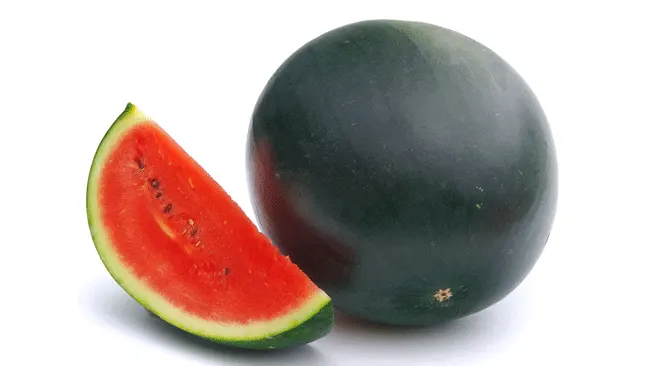
‘Crimson Sweet’: Larger in size, this variety is prized for its sweet taste and deep red flesh. It’s also resistant to some diseases and pests.
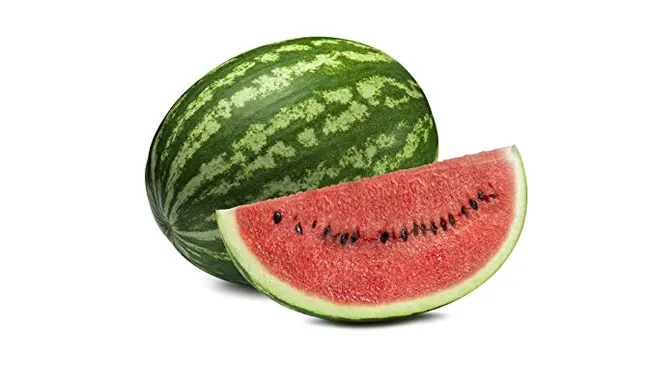
‘Black Diamond’: Known for its thick, tough rind and large size, this variety is great for hotter climates. It has a classic watermelon flavor.
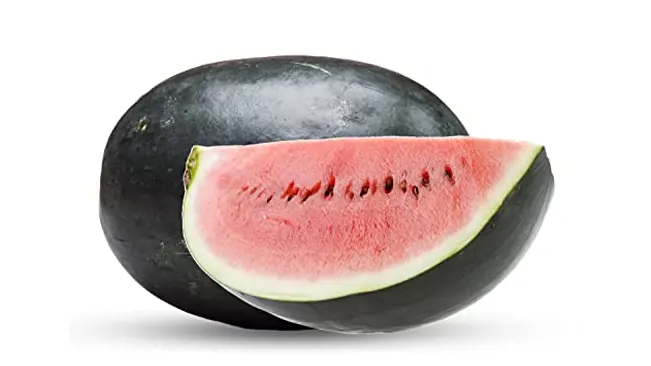
Additional Tips
- Disease Resistance: Look for varieties that are resistant to common diseases in your area, such as fusarium wilt or powdery mildew.
- Seedless Varieties: If you prefer seedless watermelons, varieties like ‘Queen of Hearts’ or ‘Millionaire’ are excellent, but they often require more care and a specific planting approach.
- Organic and Heirloom Seeds: For an organic garden, choose certified organic seeds. Heirloom varieties can offer unique flavors and textures.
When to Plant
Watermelons require warm soil to germinate. In most regions, the best time to plant watermelon seeds is after the last frost of spring. The soil temperature should be at least 70°F (21°C).
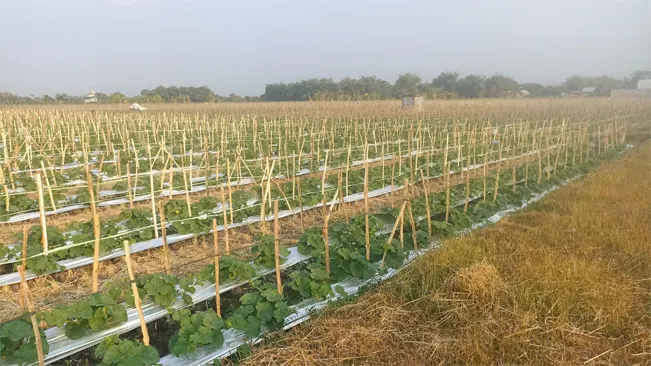
- Soil Temperature: Watermelon seeds require warm soil for proper germination. The ideal soil temperature is at least 70°F (21°C). This temperature ensures that the soil is warm enough to stimulate the germination process. If the soil is too cold, the seeds may rot or fail to germinate.
- Measuring Soil Temperature: You can measure the soil temperature using a soil thermometer. Check the temperature at a depth of about 2-3 inches in the morning, as this gives a more accurate reading of the soil’s warmth.
Timing with Seasons and Climate
- Last Frost Date: The key to timing your planting is to wait until after the last expected frost date in your region. Frost can damage or kill young watermelon seedlings.
- Climate Considerations: In cooler climates, the planting window may begin later in the spring. In contrast, in warmer regions, planting can occur earlier. Understanding your local climate and weather patterns is crucial.
Soil Preparation
Watermelons thrive in well-drained, sandy loam soil. Prepare your garden by incorporating organic matter like compost or well-rotted manure to improve soil fertility and drainage.
- Sandy Loam Soil: This type of soil strikes a balance between drainage and nutrient retention. It’s light and porous, allowing for good root development and efficient drainage, which is crucial for watermelon plants as they are susceptible to root rot in waterlogged conditions.
Soil Preparation Steps
- Testing Soil pH: Watermelons thrive in slightly acidic to neutral soil, with a pH range of 6.0 to 7.0. It’s a good idea to test your soil’s pH. If it’s too acidic, you can add lime; if it’s too alkaline, sulfur can help to lower the pH.
- Improving Soil Texture: If your soil isn’t naturally sandy loam, you’ll need to improve its texture:
- For clay soils, incorporate coarse sand and organic matter to improve drainage.
- For sandy soils, add organic matter to enhance water and nutrient retention.
- Adding Organic Matter: Organic matter is crucial for watermelons. It includes:
- Compost: Rich in nutrients, it improves soil structure, drainage, and moisture retention.
- Well-Rotted Manure: It’s an excellent source of nutrients. Ensure it’s well-rotted to avoid burning the plants.
- Leaf Mold or Grass Clippings: These can also be mixed into the soil to improve its fertility and texture.
- Ensuring Good Drainage: Watermelons don’t like standing water. If drainage is a concern, consider raising the beds. This encourages water to drain away from the roots more effectively.
- Preparing the Planting Area: Break up the soil to a depth of about 12 to 18 inches. This deep tilling helps roots to penetrate the soil easily.
- Nutrient Balance: Along with organic matter, you might want to add a balanced fertilizer, particularly one high in nitrogen initially, followed by phosphorus and potassium as the plant grows.
- Mulching: After planting, applying organic mulch can help retain moisture, suppress weeds, and keep the soil temperature stable.
Planting the Seeds
Spacing
- Adequate Room for Growth: Each plant needs enough space to spread out its vines. Crowded plants can compete for nutrients and sunlight, leading to poor fruit development.
- Air Circulation: Proper spacing helps in maintaining good air circulation around the plants, which is essential for reducing the risk of fungal diseases.
- Sunlight Exposure: Each plant needs to receive adequate sunlight for healthy growth and fruit development. Proper spacing ensures that the leaves and fruits of one plant don’t shade another.
How to Space
- In Hills: Planting in hills refers to planting several seeds in a small mound of soil. If you’re using this method, space the hills about 6 to 8 feet apart in each direction. In each hill, plant about 3 to 4 seeds, and later thin out the weakest seedlings, leaving the strongest one.
- In Rows: For row planting, sow seeds in a straight line. Keep rows 6 to 8 feet apart, and space the seeds about 2 to 3 feet apart within the row.
Depth
- Proper Germination: Seeds planted at the right depth will have the best conditions for germination. 1 inch is deep enough to keep the seeds moist but not so deep that they struggle to emerge.
- Temperature and Moisture: At this depth, the seeds will stay at a consistent temperature and moisture level, both of which are crucial for germination.
Watering
- Initial Watering: After planting, water the seeds thoroughly to ensure the soil around them is moist. This moisture is necessary for the seeds to germinate.
- Maintaining Moisture: Keep the soil consistently moist but not waterlogged. Over-watering can cause the seeds to rot, whereas under-watering can hinder germination.
- Method of Watering: Use a gentle spray to water, as a strong jet can displace or uncover the seeds. A soaker hose or drip irrigation is ideal for providing a steady, gentle supply of water.
Germination
Understanding Germination
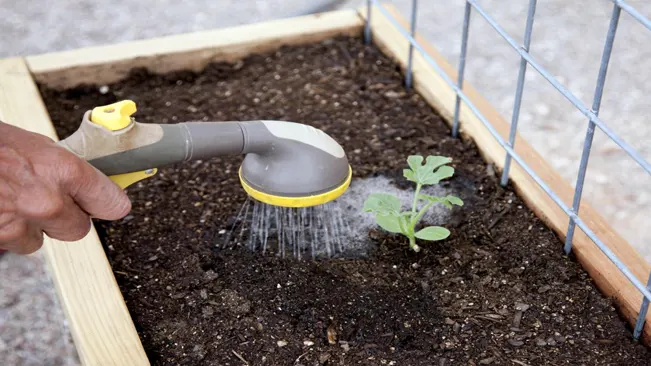
- Water Absorption: The first step in germination is water absorption. Watermelon seeds need to absorb water to activate the enzymes that begin the growth process. This is why it’s essential to keep the soil consistently moist after planting the seeds.
- Temperature: The optimal temperature for watermelon seed germination is between 70°F and 95°F (21°C to 35°C). Temperatures outside this range can significantly slow down or even inhibit germination.
- Oxygen: Seeds also require oxygen for germination, which is why well-drained soil is crucial. Overwatering can suffocate seeds, preventing them from germinating.
- Light: While light is not directly necessary for the germination of watermelon seeds, it becomes crucial once the seedlings emerge. Seedlings need plenty of sunlight to grow strong and healthy.
Post-Germination Care
- Sunlight: Provide seedlings with ample sunlight. Ideally, they should receive at least 6 to 8 hours of direct sunlight per day. If you started the seeds indoors, gradually acclimate them to outdoor conditions before transplanting.
- Watering: Continue to keep the soil moist but not waterlogged. Seedlings are especially vulnerable to both drought and overwatering. A gentle, regular watering routine is key.
- Thinning: If you planted multiple seeds in one spot, thin out the seedlings, leaving the strongest one. This process ensures that the remaining seedling has enough space and resources to grow.
- Protection from Elements: Young seedlings are delicate and can be vulnerable to harsh weather conditions and pests. Providing some form of protection, such as a row cover, can be beneficial in the early stages.
- Nutrient Supply: While watermelon seedlings don’t require immediate fertilization, they will benefit from a nutrient boost once they establish a few sets of true leaves. A balanced, gentle fertilizer can promote healthy growth.
Thinning Seedlings
When seedlings are a few inches tall, thin them out, leaving the strongest plant in each hill or space.
- Space Management: Watermelon plants require a lot of space to spread out. If they are too crowded, it can lead to poor air circulation and increased competition for nutrients and water, which can weaken the plants.
- Disease Prevention: Overcrowded plants can create a humid environment that fosters the development of diseases. Proper spacing allows air to flow between plants, reducing the risk of fungal diseases.
- Better Fruit Production: Thinning ensures that each remaining plant has enough soil nutrients, sunlight, and water, leading to healthier plants and potentially larger, sweeter watermelons.
How to Thin Watermelon Seedlings
- Wait for the Right Time: Begin thinning when the seedlings are a few inches tall and have developed one or two true leaves (these are the leaves that appear after the initial seed leaves).
- Choose the Strongest Seedlings: Look for seedlings that appear the most vigorous and healthy. These are the ones you want to keep.
- Careful Removal: To thin out the seedlings, gently pull out the weaker seedlings at their base. Be careful not to disturb the roots of the plants you’re keeping. Alternatively, you can snip the unwanted seedlings at the soil line with scissors.
- Appropriate Spacing: Leave about 2 to 3 feet of space between each watermelon plant. This spacing can vary slightly depending on the variety of watermelon you are growing.
Care and Maintenance
Watering
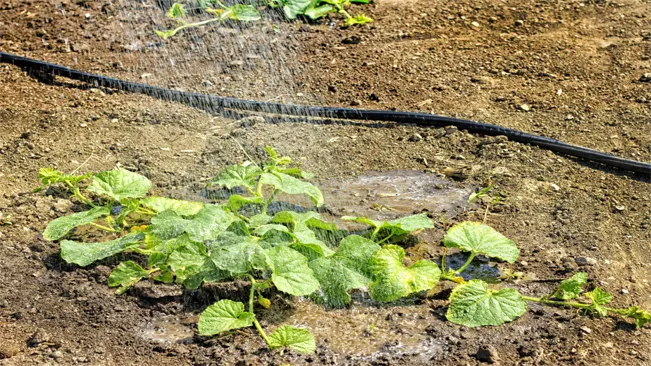
- Deep Watering: It’s important to water deeply and infrequently rather than shallow and frequent watering. Deep watering encourages the roots to grow downward, making the plants more drought-resistant and sturdy.
- Consistency: Consistent watering is key, especially during fruit set and growth. Irregular watering can lead to problems like blossom end rot or splitting fruits.
- Method: Drip irrigation or a soaker hose is ideal as it delivers water directly to the roots, minimizing evaporation and preventing leaf diseases that can occur with overhead watering.
Mulching
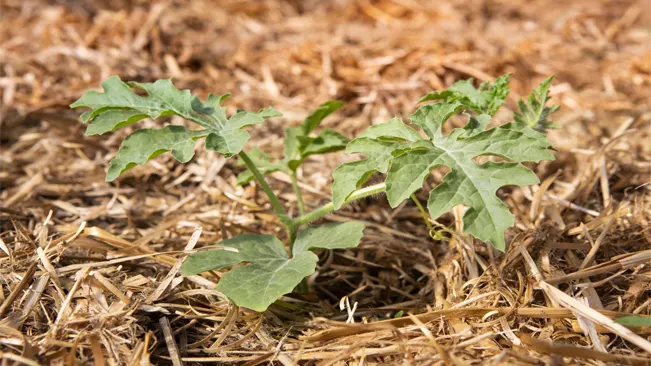
- Moisture Retention: A layer of mulch helps the soil retain moisture, reducing the need for frequent watering.
- Weed Control: Mulch suppresses weed growth, which can compete with watermelon plants for nutrients and water.
- Temperature Regulation: Mulch helps regulate soil temperature, keeping the roots cooler in hot weather and warmer during cooler nights.
- Types of Mulch: Organic mulches like straw, grass clippings, or shredded bark are commonly used. They also add organic matter to the soil as they decompose.
Fertilizing
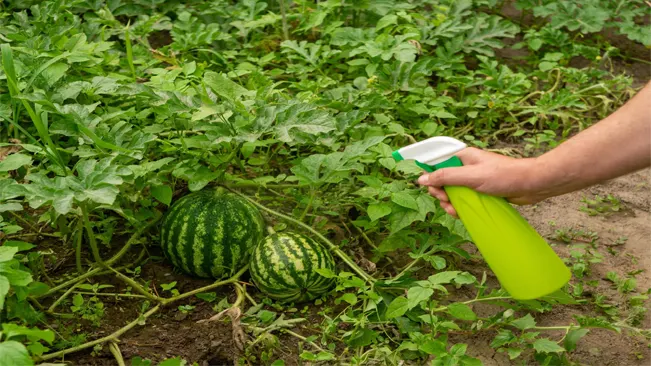
- Balanced Fertilizer: Use a balanced fertilizer (like a 10-10-10 NPK) to provide equal parts of nitrogen, phosphorus, and potassium.
- Compost Tea: Alternatively, compost tea is a great organic option. It provides a wide range of nutrients and beneficial microorganisms.
- Timing: Fertilize every 3-4 weeks, especially during the growing period. Avoid over-fertilizing, as this can lead to excessive foliage with fewer fruits.
Pest and Disease Management
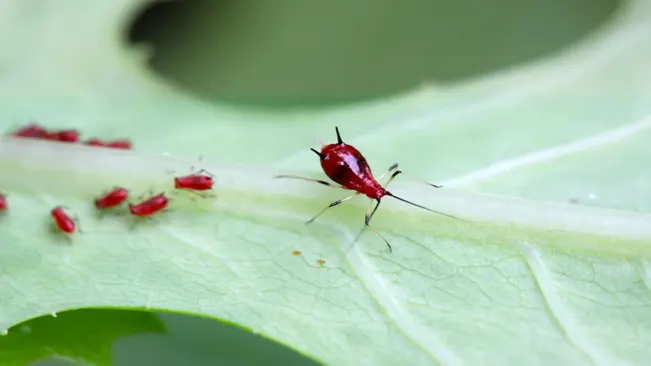
- Common Pests: These include aphids, cucumber beetles, and vine borers. Handpicking, using floating row covers, and introducing beneficial insects like ladybugs can be effective.
- Disease Prevention: Diseases like powdery mildew and fusarium wilt are common. Ensure good air circulation around plants and practice crop rotation.
- Organic Control: Use organic pesticides or homemade solutions like neem oil or insecticidal soap. Always test a small area first and apply in the cooler part of the day to avoid leaf burn.
Harvesting
Signs of Ripeness
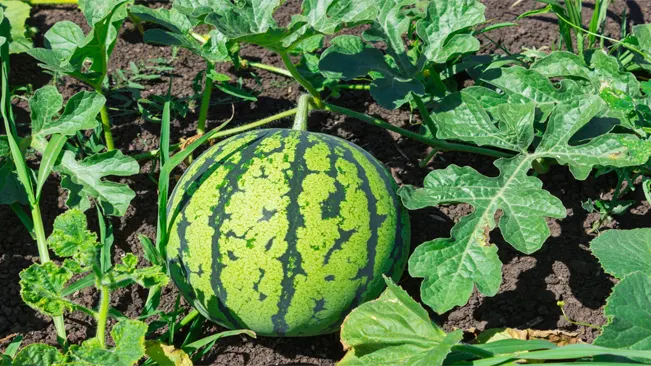
- Yellowing Underside: The part of the watermelon that rests on the ground turns from white or light green to a creamy yellow when ripe.
- Dull Thud Sound: When you tap a ripe watermelon, it should produce a deep, dull sound. Underripe or overripe melons tend to have a higher-pitched, tinny sound.
- Drying Tendril: Near the fruit’s stem, there are curly tendrils. When these tendrils turn brown and dry out, it’s a strong indicator that the watermelon is ripe.
- Change in Color: The watermelon’s skin changes from shiny to a dull appearance when it’s ripe.
- Hard Rind: The rind becomes hard and resistant to penetration by a fingernail when the melon is ripe.
Harvesting Technique
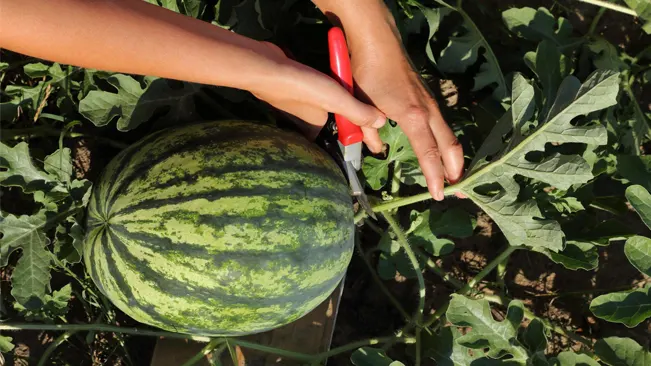
- Cut, Don’t Pull: Use a sharp knife or garden shears to cut the watermelon from the vine. Pulling it off can damage the plant and the fruit.
- Handle with Care: Watermelons can bruise easily, so handle them gently when transporting.
Post-Harvest Tips

- Storage: Watermelons do not continue to ripen significantly after they are harvested, so it’s best to consume them within a week or two for optimal freshness and taste.
- Temperature: Store uncut watermelons at room temperature. Once cut, wrap the slices in plastic or place them in a container, and store in the refrigerator.
Conclusion
Planting watermelon seeds is a straightforward and rewarding process that leads to the enjoyment of one of summer’s most beloved fruits. By choosing the right variety, preparing the soil adequately, and providing consistent care in terms of watering, spacing, and pest management, gardeners can look forward to a bountiful harvest. The key to success lies in understanding the specific needs of the plant, from germination to harvest. With patience and attention to detail, even novice gardeners can enjoy the sweet rewards of homegrown watermelons, bringing a taste of summer right into their backyards.
FAQs (Frequently Asked Questions)
- When is the best time to plant watermelon seeds?
Plant watermelon seeds after the last frost when the soil temperature is at least 70°F (21°C). - How deep should I plant watermelon seeds?
Plant the seeds about 1 inch (2.5 cm) deep in the soil. - What kind of soil is best for watermelons?
Watermelons prefer well-drained, sandy loam soil enriched with organic matter. - How much space do watermelons need to grow?
Space the plants about 2 to 3 feet apart in rows that are 6 to 8 feet apart, as watermelons need a lot of space to spread. - How often should I water watermelon plants?
Water them deeply once a week, providing 1 to 2 inches of water to encourage deep root growth. - Do I need to fertilize watermelon plants?
Yes, fertilize with a balanced fertilizer every 3-4 weeks, or use compost or well-rotted manure. - How long does it take for watermelons to grow?
Watermelons typically take about 80 to 100 days to mature from planting. - What are common pests and diseases for watermelons?
Common issues include aphids, cucumber beetles, and fungal diseases like powdery mildew. Regular checks and organic pest control are recommended. - How do I know when watermelons are ready to harvest?
Look for a yellowing underside, a dull thud when tapped, and a drying tendril near the fruit’s stem. - Can I grow watermelons in containers?
- Yes, dwarf or bush varieties can be grown in large containers, but ensure they have enough space and support for the vines.

Kristine Moore
Forestry AuthorI'm Kristine Moore, a seasoned garden landscaping professional with over 30 years of experience. My extensive career has been dedicated to transforming outdoor spaces into stunning, sustainable landscapes. With a deep understanding of horticulture, design principles, and environmental stewardship, I have become a respected figure in the field, known for creating harmonious, visually appealing, and eco-friendly gardens. My commitment to excellence and continuous learning in landscaping trends and techniques has solidified my reputation as an expert in garden design and implementation.
22 comments
Very useful article; much like a practical guide for a profitable water melon cultivation project. Thanks for posting .
Gelam Ginwi
March 2, 2024 5:07 pmVery interesting, and simply educative. I have been thinking on the procedures for planting and harvesting bountifully. Thanks for sharing
GLORIA OSONDU
March 2, 2024 9:06 amIt's a good write-up I have learnt a lot, please keep on educating the masses to grow this fruit which has more nutrients thanks for the knowledge shared God bless you
Dr Moses Makondo mbaka
March 1, 2024 9:07 pmI love the way it is explained.
Johana
March 1, 2024 1:16 pmI have red the article full of information. Good that the message is nicely structured that help me to understand, though I not know about agriculture/botany. Thank you and very best wishes.
Mohamed RAHUMATHULLAH
March 1, 2024 4:19 amKeep informing us about more healthy fruits
Sirmku
February 29, 2024 5:30 pmVery interesting and educational information 👍
Sirmku
February 29, 2024 5:28 pmI love the article, very concise and straight to the basics. Thanks.
Isaac
February 29, 2024 11:48 amSo interesting information indeed
Charles Ayoi
February 29, 2024 4:39 amThank you for this article,I am planning on planting watermelon and this article has given me insight on the fruit. The article was very éducative.
Amaazee Bernice Ngie
February 29, 2024 1:03 amHi Bernice, Thank you for reading, you can find our lates post of guides here: https://forestry.com/guides/
Kristine Moore
February 29, 2024 12:13 pmI do love watermelon thank thank for information I will goo deep learn about this fruit I love it
Erny TEMA
February 28, 2024 8:05 pmIam so empresset,for the lecture. I have plan of starting watermelon farming.how cane I be assisted by your team?.
Nehemiah orwongo
February 28, 2024 5:31 pmIt's great to hear about your interest in watermelon farming! To get started, focus on choosing the right varieties for your climate, preparing your soil, and learning about proper watering and fertilization. Local agricultural extension services can be a valuable resource for personalized advice and support. Best of luck with your new venture!
Kristine Moore
March 4, 2024 6:55 amThanks Kristine. I really enjoyed reading and learning about growing water melon... I would like to utilize the information into actual practice. I would love to be a partner through sharing more information, progress update and maybe occasional advice. I think I've I have plenty of space, water and good soil to try this out- for the first time to see the result. I want to plant at least 500 seedlings - utilizing about an acre plot. I want to have some good income from sales to improve my family income and livelihood. Maybe It would also helps to mention that despite my living with disability my success in this initiative will be a lesson and incentive to others especially those of us in my community in our rural village in Kenya, Homa-Bay County where poverty and HIV /AIDs is the highest in prevalence hence this initiative would hopefully in one way or the other contribute to mitigating these challenges in many ways. Kindly keep the conversation a live. Thanks again..
Martin Oloo
February 28, 2024 11:09 amGood I will try it
Ngozi Opara
February 28, 2024 10:18 amGreat insights. Thank you
Lincoln Roby
February 28, 2024 6:01 amThanks for the lecture I enjoyed the basics
Arthur Paswairi
February 27, 2024 3:14 pmTransforming agriculture globally. We need more of this in other vegetables e.g tomatoes, pepper my. Can you help my fadama group in getting tropical fragrant Rice and their prices
Oyekola Benjamin
February 27, 2024 7:00 amIt's fantastic that you're looking to expand into diverse crops like tropical fragrant rice. For acquiring seeds and their prices, consider reaching out to local agricultural extension services, seed suppliers specializing in tropical crops, and joining agricultural forums for insights. Best wishes on your journey!


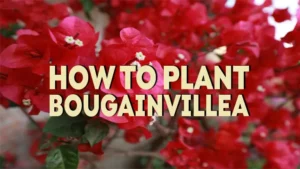
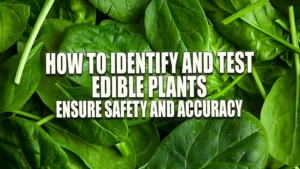
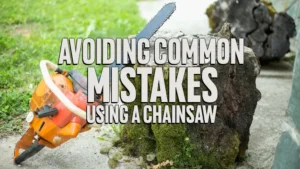
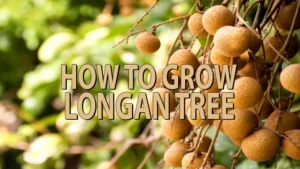


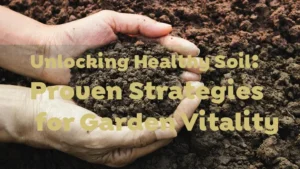

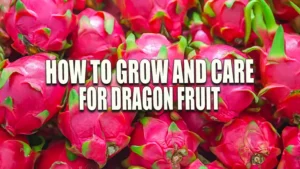
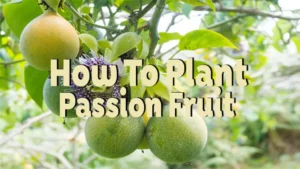

What's the best active ingredients in eliminating water melon fly
Kithome samuel
March 3, 2024 8:03 amTo effectively eliminate watermelon flies, which can significantly harm watermelon crops, it's essential to use products with active ingredients known for their efficacy against these pests. Spinosad and Malathion are commonly recommended for managing watermelon fly infestations. Spinosad, derived from naturally occurring soil bacteria, targets the nervous system of the insect, making it highly effective and safer for the environment. Malathion, an organophosphate insecticide, works by inhibiting essential enzymes in pests. Both should be used according to label instructions and with consideration for their impact on beneficial insects and the surrounding ecosystem. It's also advisable to integrate these treatments with cultural and biological control methods for a comprehensive pest management approach.
Kristine Moore
March 4, 2024 7:08 am